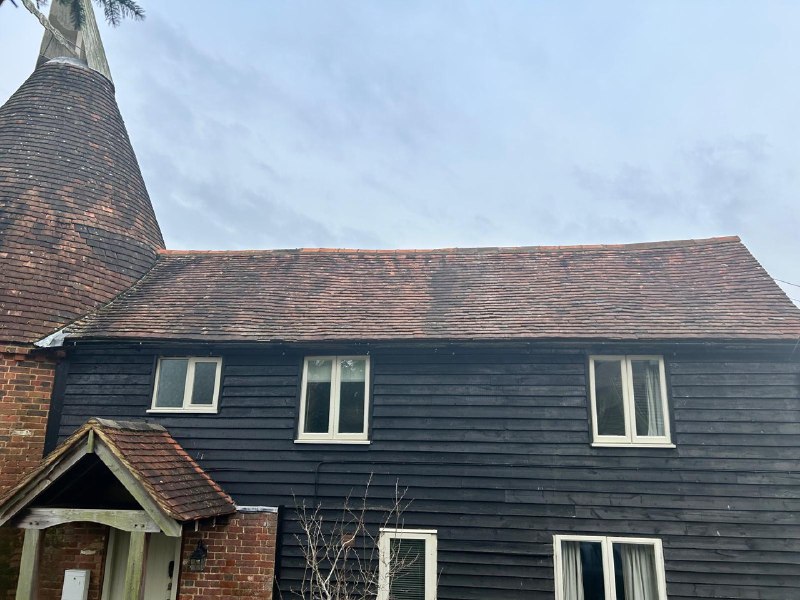A Comprehensive Guide: Conducting a Visual Roof Inspection for Slipped Tiles
Introduction: Regular roof maintenance is crucial for ensuring your home’s longevity and structural integrity. One of the common issues homeowners face is slipped or displaced roof tiles, which can lead to water leaks, structural damage, and compromised insulation. A visual inspection of your roof from ground level can help you detect slipped tiles early and address them promptly. This blog post will provide a comprehensive guide on inspecting a visual roof to identify slipped tiles and prevent potential damage.
- Choose the Right Time and Conditions: Schedule your roof inspection on a clear, sunny day with favourable weather conditions. Avoid inspecting the roof during rainy or windy days, as it may pose safety hazards and make it challenging to detect slipped tiles.
- Use Binoculars or a Camera: For a closer look at your roof, use binoculars or a camera with zoom capabilities. This will allow you to examine the roof tiles more closely without the need to climb onto the roof, ensuring your safety while conducting the inspection.
- Start from a Safe Distance: Stand at a safe distance from your home and assess the roof’s overall condition. Look for any signs of sagging, unevenness, or visible damage that may indicate slipped or displaced tiles.
- Scan the Roof Surface: systematically scan the entire surface of the roof, starting from one end and moving to the other. Pay close attention to areas where roof planes meet and around chimneys, vents, and skylights, where slipped tiles are more likely to occur.
- Look for Misaligned or Missing Tiles: Inspect each row of tiles carefully and look for any tiles that appear misaligned, raised, or out of place. Missing tiles or gaps between tiles can also indicate potential slipping or displacement.
- Check for Damaged or Cracked Tiles: Examine the condition of the roof tiles and look for any signs of damage, such as cracks, chips, or fractures. Damaged tiles are more susceptible to slipping and may need to be replaced to prevent further issues.
- Pay Attention to Loose Ridge Tiles: Ridge tiles are prone to slipping, especially during high winds or extreme weather events. Check the ridge line of your roof for any loose or displaced ridge tiles, as they can compromise the stability of the entire roof structure.
- Document Your Findings: Take photographs or video footage of any slipped or damaged tiles you identify during the inspection. This documentation will help you monitor the condition of your roof over time and serve as a reference for any necessary repairs.
Conclusion: Regular visual inspections of your roof are essential for identifying slipped tiles and addressing them before they cause significant damage. By following these steps and conducting thorough inspections, you can maintain the integrity of your roof and protect your home from water leaks and structural issues.
Call us on: 01933 829 064
Click here to find out more about FDC Roofing Finedon
Click here to complete our contact form and see how we can help with your roofing needs.

